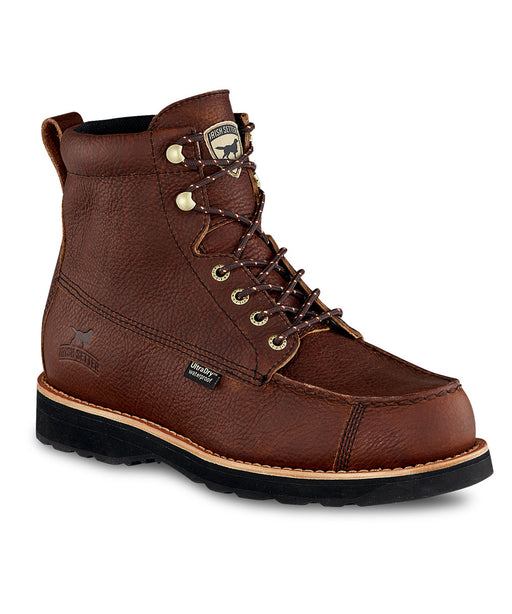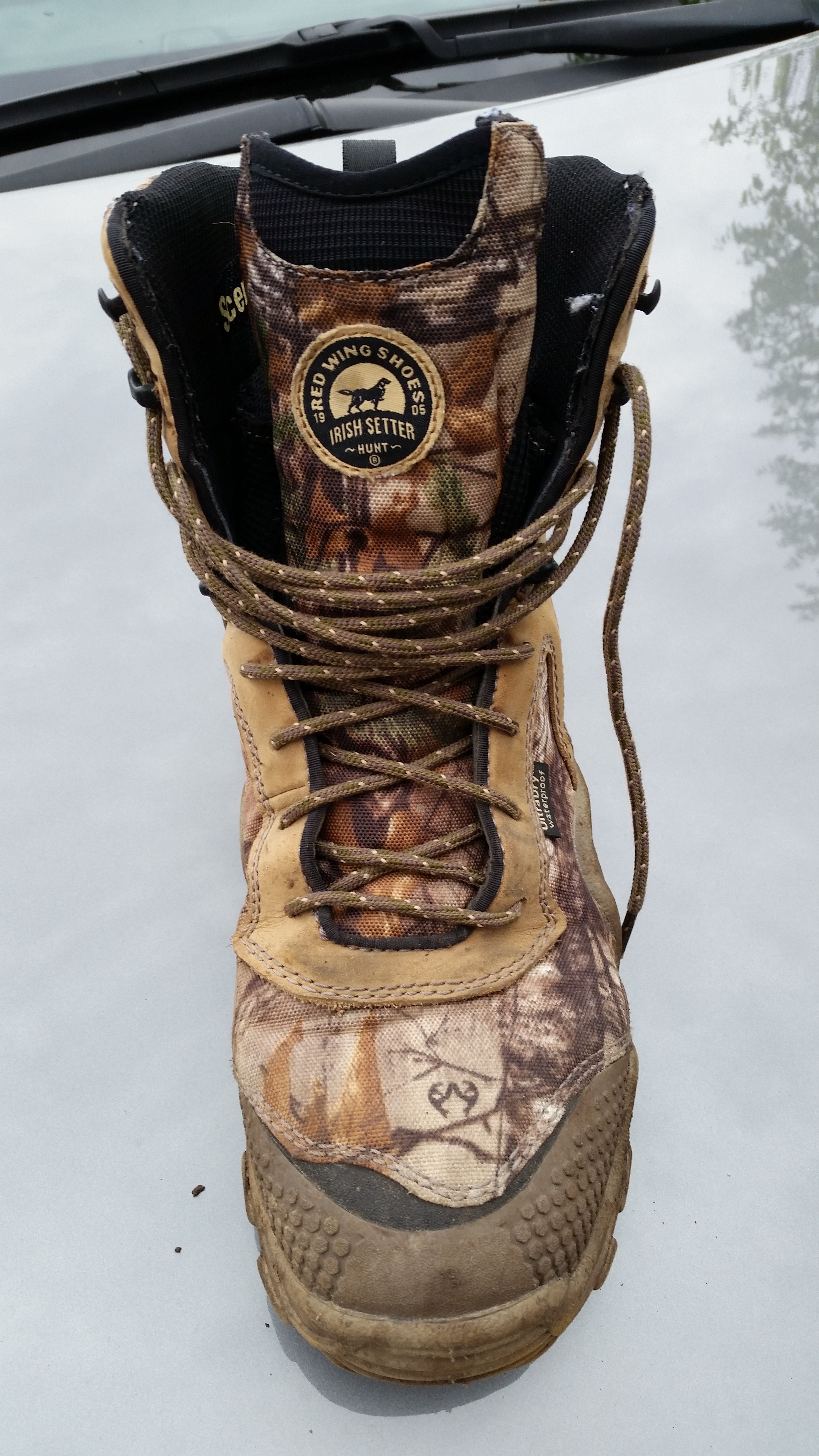


These boots were popular giveaways at local-chapter Pheasants Forever fundraising banquets, and at the conventions of other fishing and hunting organizations.

In the early 1990s, the company promoted styles 809 and 862 for upland bird hunting. The cover of the 1966 catalog even featured an illustration of a bobwhite quail – a nod to the popularity of Irish Setter boots for upland bird hunting.
#Irish setter wedge boots free#
And from the 1950s through the ‘70s, it ran an annual contest for the longest pheasant tail – with winners receiving a free pair of boots. Irish Setter hunting boots have been a favorite of upland bird hunters since the 1950s, almost from the moment they were introduced.įor example, in 1957 the company made a public service film featuring pheasant hunting. Otherwise, the boot remained the same as the pair that was ceremonially presented to President Eisenhower in 1960.īy the 1990s, the original 877 became known as the “classic Red Wing work boot,” while Irish Setter expanded into an entire family of hunting boots. A 6-inch version and a few other colors were added, along with some subtle boot construction methods. Irish Setter boots changed little throughout the 1960s. In addition to being used by stalking hunters who needed boots that could go all day in rough terrain, the 877 soon found its way to American job sites, as hunters began wearing their hunting boots to build homes, maintain industrial plants, and drive 18-wheelers. This sole had been used on shoes before, but the 877 was the first use of it in a tall hunting boot. Retaining the distinctive moc toe of style 854, a new 8-inch boot, style 877, replaced its predecessor’s heel with a wedge sole made of white crepe rubber that promised to be quiet underfoot in the woods. In 1952, Irish Setter hunting boots continued to evolve. The shallow lug sole was designed to shed mud and debris, so the boot served a dual-purpose for farmers who wore it in their barns and pastures and also used it for upland bird hunting. Wingshooter boots were originally developed with the legendary white crepe sole for some very practical reasons, for very practical people. In the mid-1930s, Red Wing started to develop its first upland boots. high boots that were the first styles specifically designed for hunters. In the 1920s, the Red Wing Shoe Company introduced “Outing Boots” - strapping 18-in. The roots of Irish Setter boots actually go back much farther. The boot, style 854, was made with leather tanned using extracts from the bark of sequoia trees, which gave it a distinctive deep reddish-orange color known as “Oro Russet.” It was so similar in color to the coat of Irish Setter dogs that it was named “Irish Setter” in the company’s 1950 catalog. In 1950, the Red Wing Shoe Company in Red Wing, Minnesota introduced a 9-inch lace-up leather boot for sportsmen – upland bird and other hunters who spent autumn days in the woods and fields of North America.


 0 kommentar(er)
0 kommentar(er)
